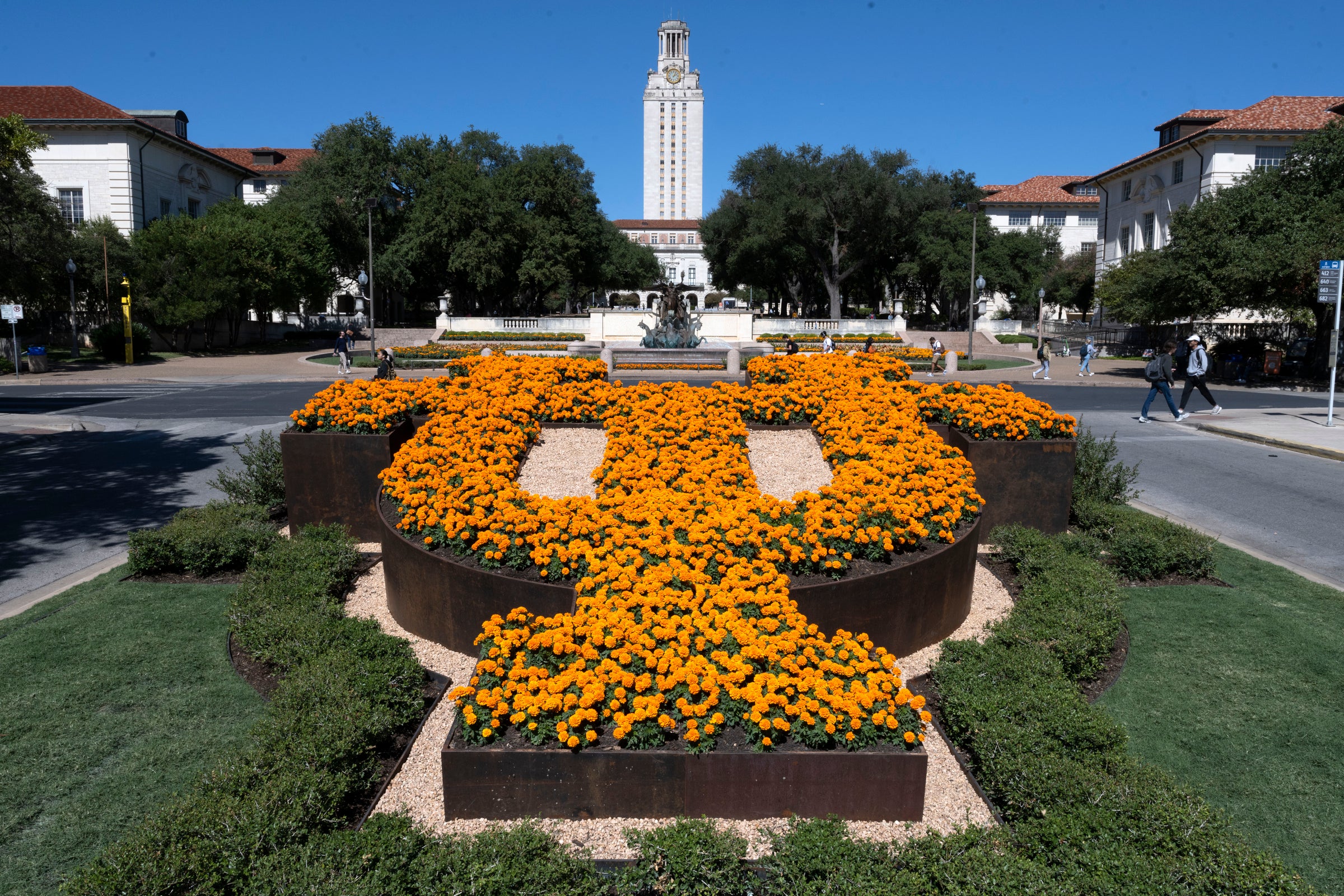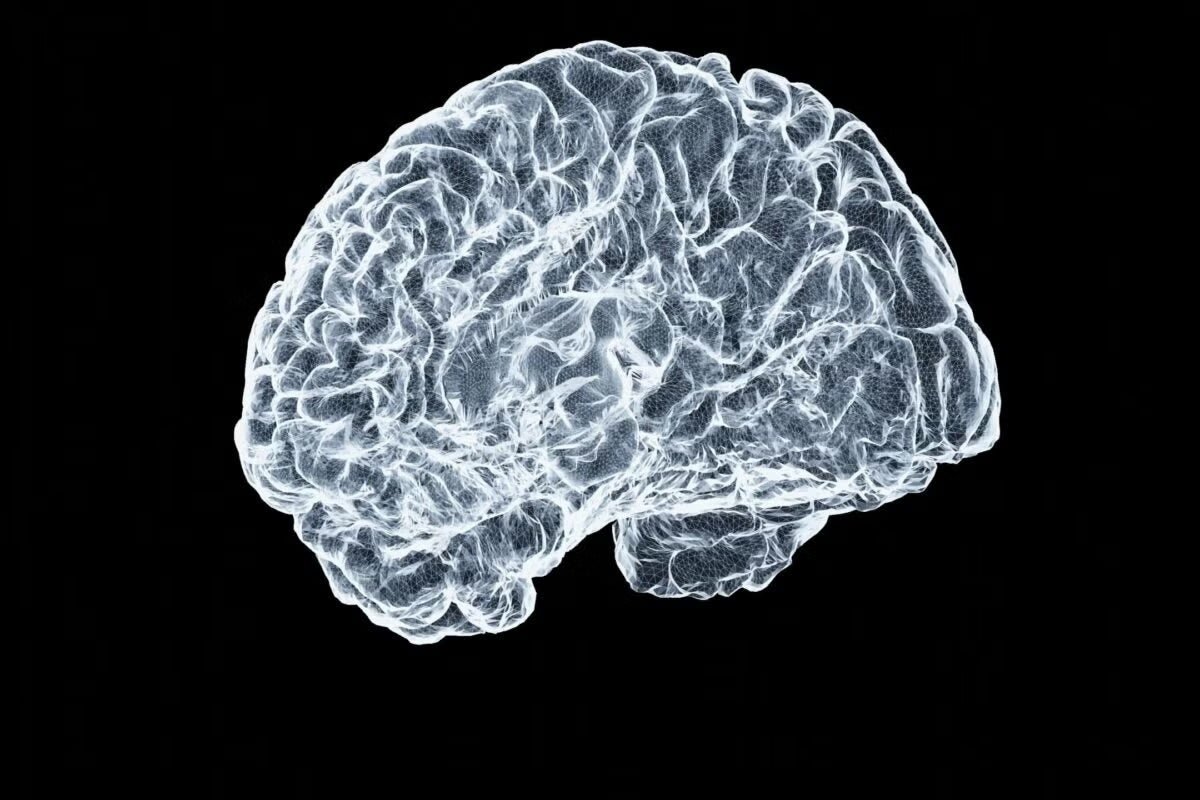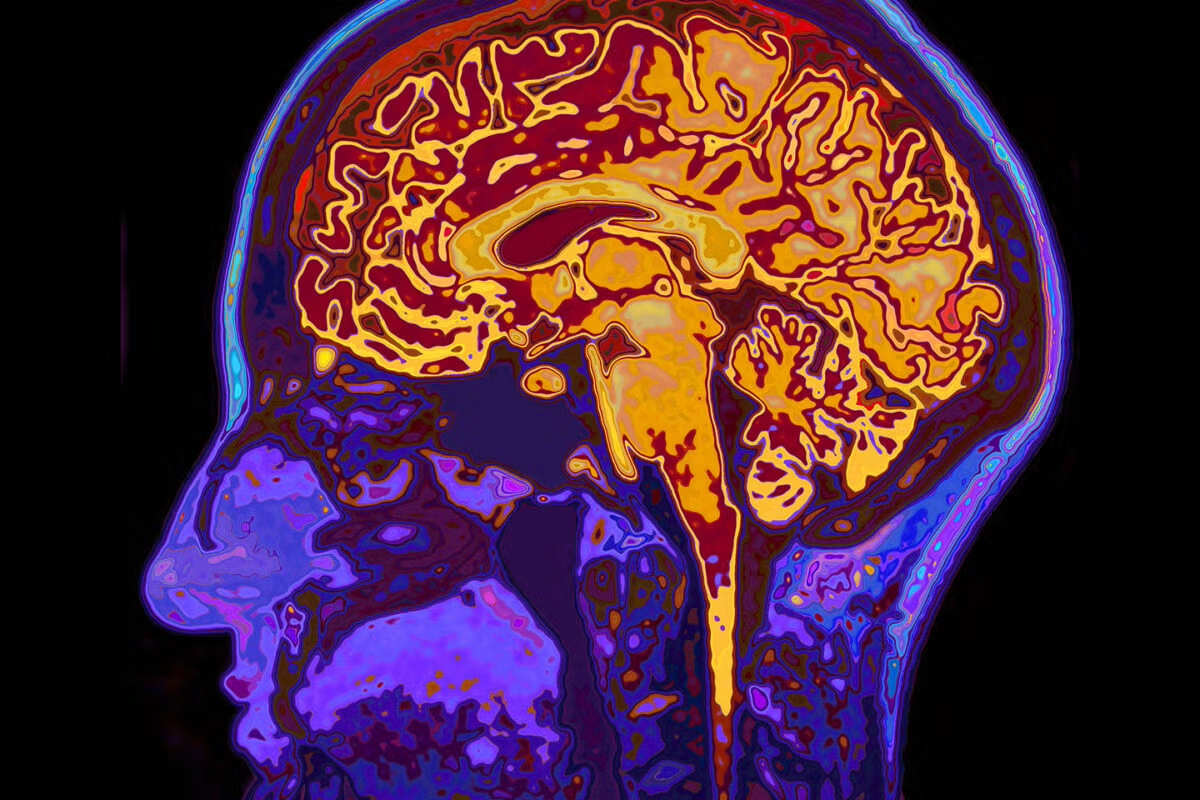Scientists Observe How New Fears Can Infiltrate Old Memories
The research has implications for understanding post-traumatic stress disorder and phobias.

Photo-Illustration: Martha Morales
Providing new insights into how memories following frightening experiences often bleed past the bounds of lived experience and lead to broader fears, neuroscientists at The University of Texas at Austin have observed and documented what happens in human brains as fears are forming and spreading. The findings, which have potential implications for our understanding and treatment of post-traumatic stress disorder (PTSD) and phobias, were published this month in the journal Current Biology.
Traumatic and fearful experiences are an important part of how humans decide which parts of the world around us are threats. But scientists have wondered about how some fearful experiences can spread fear into concepts, memories and thoughts that are only indirectly related to the original experience.
“Humans tend to take emotional experiences and generalize,” said Joseph Dunsmoor, associate professor of neuroscience and psychiatry at UT Austin and an author on the paper. “This kind of fear system allows us to infer danger when it might not be readily apparent.”
For example, imagine you’re bitten by a dog at your uncle’s house. It would be common to develop a fear of that particular dog, perhaps that same breed of dog, or even dogs in general. You might find yourself avoiding your uncle’s house.
However, your brain may go even farther to try to protect you, leading you to avoid, say, hiking trails, pet stores and parks, or to feel nervous when you spot a dog toy at a friend’s house. These are examples of new fears stemming from old memories, the subject of the study.
“We have a built-in network of associations in our brains,” Dunsmoor said. “New fears can spread out and kind of infiltrate these existing networks of information. We start guessing that other things are dangerous because they are even loosely associated, even though we don’t know they’re dangerous. This is an adaptation that has helped us survive in a really complicated environment, but it can also cause a lot of distress for some people.”
Using advanced imaging techniques, researchers were able to observe how different parts of the participants’ brains reacted to different images. In the study, scientists showed participants images of animals or tools, along with colored shapes. When the shapes were shown, a slightly uncomfortable electric shock was administered. Interestingly, when different images of animals or tools were later shown, there were strong changes in how their brain represented the general category. Patterns of brain activity to animals or tools also resembled fear-related activity similar to when participants had received shocks with the colored shapes.
None of the participants in the study had been diagnosed with PTSD. Still, researchers hope that learning how new fears can infiltrate existing networks in the brain will offer valuable lessons about disorders such as PTSD and extreme phobias and how to treat them.
“Seemingly irrelevant sights, sounds and smells can trigger really painful or extreme reactions for some people,” said Sam Cooper, postdoctoral fellow at UT Austin and first author on the paper. “In some people with PTSD, fear can infiltrate entire sets of beliefs. For example, ‘I can’t trust anyone because of this experience.’ This research allows us to set up a tool that could potentially explore the higher-level cognition that is affected by these conditions.”
Jarrod Lewis-Peacock of UT Austin, Augustin Hennings of Princeton University and Sophia Bibb of Ohio State University were also authors on the paper. The research was funded by the National Institutes of Health and the National Science Foundation.



